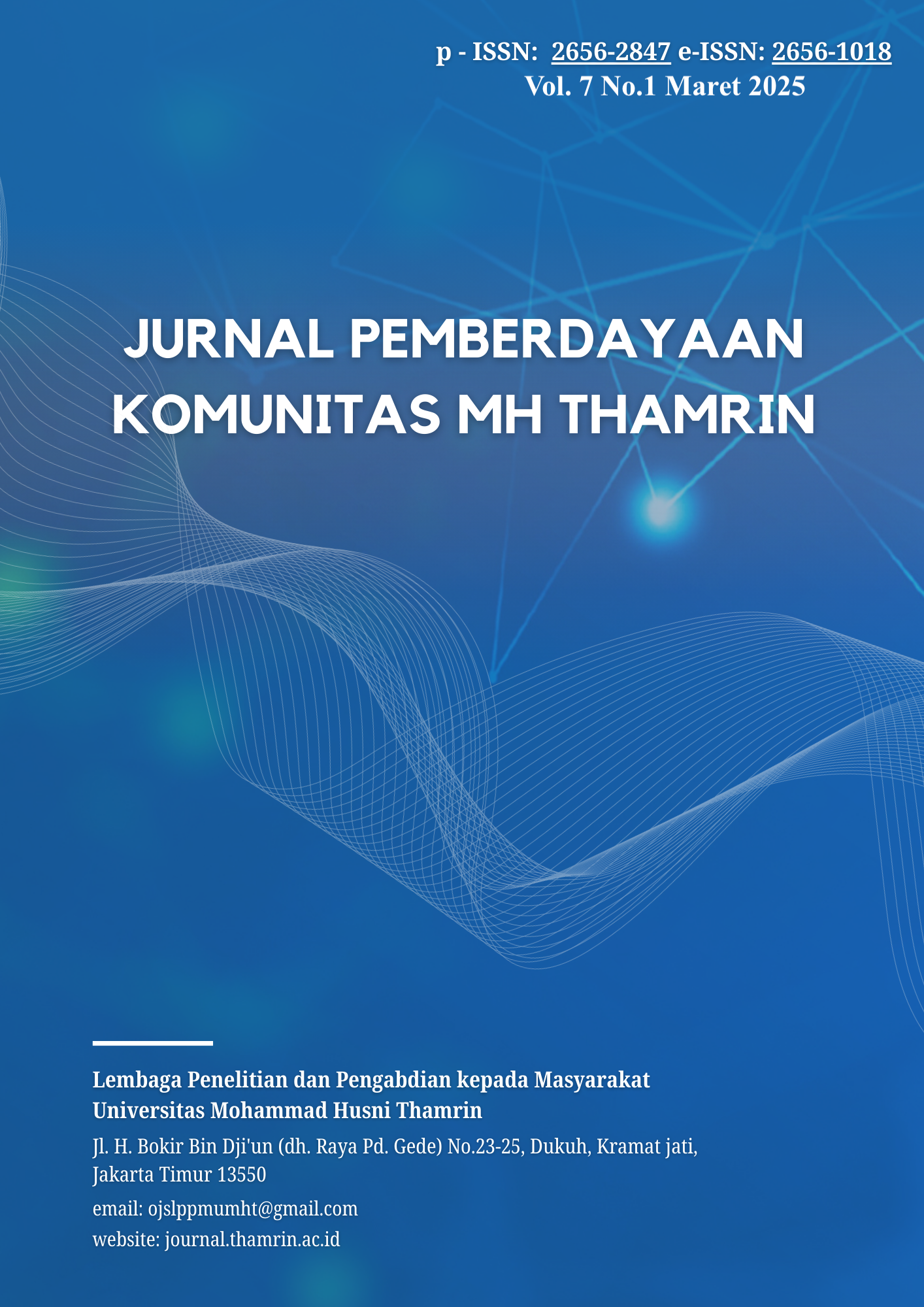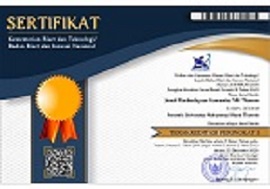Education on Prevention of Nosocomial Infections by Implementing Hand Washing for Emergency Room Staff at Bhakti Kartini Hospital
DOI:
https://doi.org/10.37012/jpkmht.v7i1.2694Abstract
Introduction: One of the simplest and most effective ways to prevent the spread of infections in healthcare facilities was through proper handwashing. Correct hand hygiene reduced the number of pathogenic microorganisms on the skin, which often acted as a transmission medium for infectious diseases. The World Health Organization (WHO) established the "Five Moments for Hand Hygiene," which included: before patient contact, before aseptic procedures, after exposure to bodily fluids, after patient contact, and after contact with the patient’s surroundings (WHO, 2009). Methods: This community service activity provided education to emergency department (ED) staff by delivering materials on nosocomial infection prevention and demonstrating proper handwashing techniques. The evaluation was conducted using pre- and post-tests. Prior to the demonstration, 8 out of 12 ED staff were able to correctly demonstrate the proper handwashing technique, while 4 followed the demonstration based on the guidance of the community service team. After the demonstration, all ED staff were able to perform handwashing correctly. In the pre-test, 9 out of 12 participants scored in the “good” category (70–100), while 3 scored “fair” (50–60). In the post-test, all participants scored in the “good” category. Conclusion: The increase in knowledge contributed positively to proper handwashing behavior. However, continuous education and practical approaches were necessary to bridge the gap between knowledge and practice. Recommendation: Regular education sessions and comprehensive monitoring of hand hygiene compliance among healthcare workers should be implemented.
Downloads
Published
Issue
Section
Citation Check
License
Copyright (c) 2025 Kurniati Nawangwulan, Zulaika, Yusnita Yusfik, Lantip Handoyo, Yuli Restyanti Susilo, Nur Alam

This work is licensed under a Creative Commons Attribution 4.0 International License.
Jurnal Pemberdayaan Komunitas MH Thamrin allows readers to read, download, copy, distribute, print, search, or link to the full texts of its articles and allow readers to use them for any other lawful purpose. The journal allows the author(s) to hold the copyright without restrictions. Finally, the journal allows the author(s) to retain publishing rights without restrictions Authors are allowed to archive their submitted article in an open access repository Authors are allowed to archive the final published article in an open access repository with an acknowledgment of its initial publication in this journal.

Lisensi Creative Commons Atribusi 4.0 Internasional.













